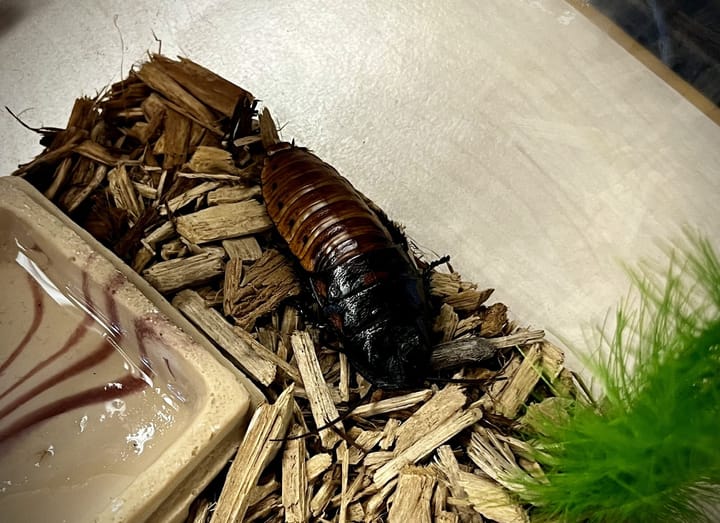You Eat Bugs: A Look at Insects in Food
Would you like insect eggs with that dish?


Have you ever considered eating maggots and flies? Through a variety of foods, including grains, fruits, and meats, you’ve probably already consumed several pounds of insects. If you find this disgusting, you’ll be comforted to know that the Food and Drug Administration (FDA) has regulations on how much insect parts you’re allowed to eat — but it’s a lot more than you might think.
The amount of bugs that the FDA allows varies between products. The top two insect-allowing foods are thyme and mushrooms. The FDA policy on ground thyme permits 925 insect parts per 10 grams. Those hoping for larger bugs in their meal should look to mushrooms, which are allowed an average of 20 or more full maggots (of any size) per 15 grams of dried mushrooms or 100 grams of drained mushrooms (and its proportionate liquid). One cup of raisins is allowed to have up to 33 fruit fly eggs, a chocolate batch is allowed to be 1% insect parts and 10 grams of hops is allowed to have 2,500 aphids. So many insects are allowed in food that the average American will consume about two pounds of flies, maggots and various other bugs, which amounts to an annual total of 450 to 650 full eaten insects.
While this may sound bad, bugs are very nutritious, with most insects high in protein and low in carbohydrates, with minerals that include iron, zinc, calcium and magnesium. The insect add-ons to your meal add nutritional value and — if you’re lucky — taste and texture.





